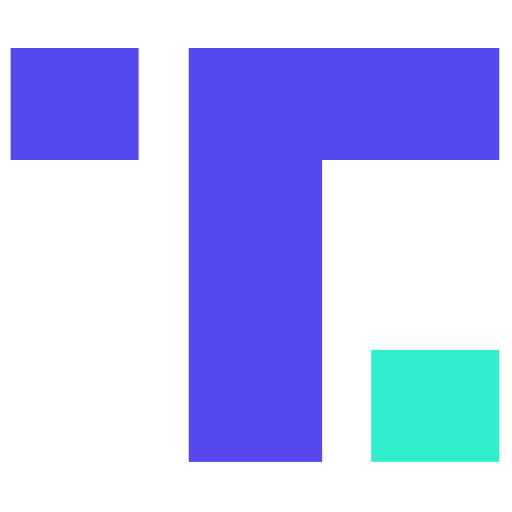Neuro-Gen High Performance Neuromodulation (HPN) is based on the principle that electrical activity in the brain can be noninvasively measured, and poorly functioning or maladaptive "stuck patterns" can be disrupted by automatically feeding back to the patient slightly modified signals.
Because of its lower cost, ease of use, and faster results compared with conventional neurofeedback, Dr. Weyrich prefers using HPN.
Preliminary studies show the HPN technique to be remarkably effective in treating Traumatic Brain Injury in NFL players. (The HPN device is sometimes called a form of neurofeedback, but since the device originates the feedback rather than the patient, some practitioners say it does not meet the definition of neurofeedback and is better called Neuromodulation).
These stuck patterns can be thought of as idle-loops in which different parts of the brain (the cortex and the thalamus) engage in a non-productive hand-shake back and forth which diverts neuronal function from the processing activities that the cortex should normally be engaged in. These idle-loops can be viewed as "spinning your mental wheels without getting traction".
Once the stuck patterns are disrupted, the natural tendency of the brain toward achieving balance (homeostasis), through a process called neuroplasticity, allows more efficient and well-adapted processes to be established.
Benefits of Neuro-Gen High Performance Neuromodulation
According to the developer, [Snook] and Fred Willis, retired NFL football player whose company has spearheaded research into the treatment of traumatic brain injury (TBI) [Willis], many different conditions can benefit from HPN, including the following:
- General cognitive and motor control performance improvement, including increased IQ.
- Chronic traumatic encephalopathy (CTE), traumatic brain injury (TBI) and post concussive syndrome (PCS) due to sports injuries or motor vehicle accidents. Many of the following symptoms below are often part of CTE, TBI and PCS.
- Cognitive issues including brain fog, disorientation, lack of clarity, memory problems, and learning disabilities.
- Focus or attention issues including attention deficit disorder (ADD, ADHD), impulsivity, disorganization, distractibility, and difficulty beginning/ending projects.
- Emotional control issues including anger, rage, and conduct disorders.
- Autism spectrum disorders, including Asperger's syndrome.
- Mood issues such as depression, anxiety, bipolar, panic attacks, obsessive-compulsive disorder (OCD), and post-traumatic stress disorder (PTSD)
- Sleep disturbances including insomnia and poor sleep.
- Headaches, including migraines, cluster, and tension.
- Chronic fatigue syndrome (CFS) and fibromyalgia.
- Movement disorders including epilepsy, seizures, facial tics, and Bell's palsy.
- Symptoms of Alzheimer's.
- Addictive tendencies.
- Cerebral palsy, stroke, paralysis [and possibly coma] (requires many sessions, but, there is usually incremental improvement).
The benefits of HPN may be noticed after the first session, or may take thirty or more sessions. Initially, the benefits often fade within hours or days, but as each subsequent session reinforces the previous training, the level and durability of the benefits will increase. Eventually, a point will be reached where the benefit is stable and no additional training sessions are needed (or "touch-up" sessions spaced out over longer and longer periods of time may be necessary). In fact, often symptoms continue to improve for many months after completion of the training sessions. This is in contrast to most pharmaceutical approaches, where drugs must be used forever to maintain changes.
Features of the Neuro-Gen HPN Device
An important aspect of HPN is that the patient is isolated from power lines, and the feedback signals generated by the HPN device are very low power, and completely imperceptible. The HPN interface is FDA cleared.
Another important aspect of the HPN technique is that the patient is not required to engage in active learning (operant conditioning). The only requirement is that the patient be able to sit still for about 30 minutes as electrodes are applied and removed from the head and neck. This is in contrast to other forms of biofeedback, where the patient must be willing and able to concentrate on a computer display.
According to the manufacturer, "Neuro-Gen HPN has never been known to cause any new problems. However, like homeopathy, and other subtle and energy-based healing methods, it may occasionally cause a temporary intensification of symptoms that have been experienced in the past, as part of the process of the condition being resolved. Clients participate in this process by letting their practitioner know at each visit how they have responded since the last training session. Protocols can be selected to tailor the feedback to each individual at each point in their recovery" [Snook].
Dr. Weyrich's Qualifications
The Biofeedback Certification Institute of America [BCIA] has accepted Dr. Weyrich, PhD NMD as Board Certified in Neurofeedback (BCN).
Dr. Weyrich has also participated in a neurofeedback residency program at the Attention Deficit Disorder Clinic in Scottsdale, AZ, under the preceptorship of Bob Gurnee [Gurnee], and has completed three days of intensive training on the HPN device, as presented by Corey Snook [Snook], the inventor of the HPN device.






